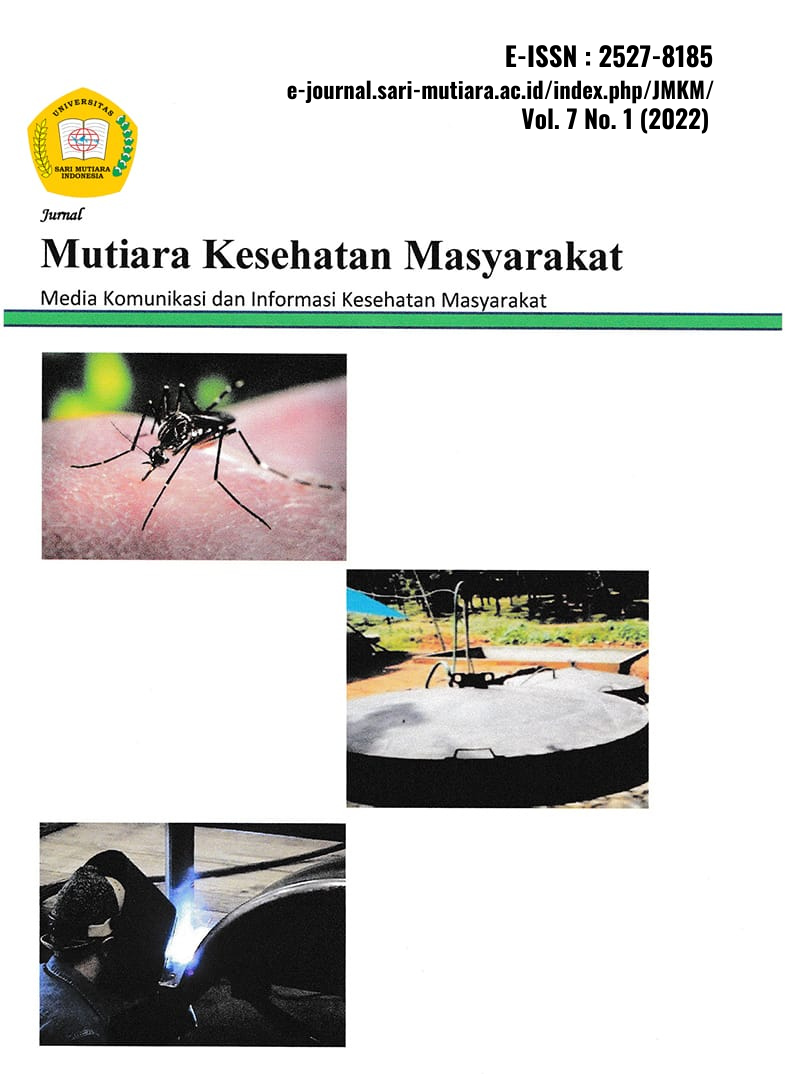HUBUNGAN TINGKAT KECEMASAN WUS DENGAN PENGGUNAAN METODE KONTRASEPSI MASA PANDEMI COVID-19 DI PUSKESMAS NAMORAMBE KABUPATEN DELI SERDANG
DOI:
https://doi.org/10.51544/jmkm.v7i1.3039Keywords:
anxiety, method, contraceptionAbstract
When the world is facing the COVID-19 pandemic, it is also reported that Indonesia is facing an explosion of new pregnancies. According to the BKKBN, there are more than 400,000 unplanned pregnancies. Based on BPS data in 2020, there is an increase in the projected population of 271,066,000 people, which means an increase of about 4.8 million new births in Indonesia. The purpose of this study was to determine the relationship between the anxiety levels of women aged fertile with the use of contraceptive methods during the COVID-19 pandemic in the Namorambe Health Center Work Area Deli Serdang Regency. Methods: The research design used by the researchers in this study was quantitative analytic with a cross sectional design. The relationship between maternal anxiety and the use of contraceptive methods shows that there is a relationship between maternal anxiety and the use of contraceptive methods. It is also known that pregnant women with mild anxiety levels have an estimated chance of 5.091 times to use contraceptive methods compared to mothers with moderate levels of anxiety. There is a relationship between the anxiety level of women of childbearing age and the use of contraceptive methods with a p value of 0.001. Low anxiety can increase the mother's interest in using contraceptive methods
Downloads
Downloads
Published
How to Cite
Issue
Section
License
Copyright (c) 2022 Masta Melati Hutahaean; Friska Margareth Parapat, Nur Afifah Harahap, Nelly Dameria Sinaga

This work is licensed under a Creative Commons Attribution-ShareAlike 4.0 International License.












.png)



